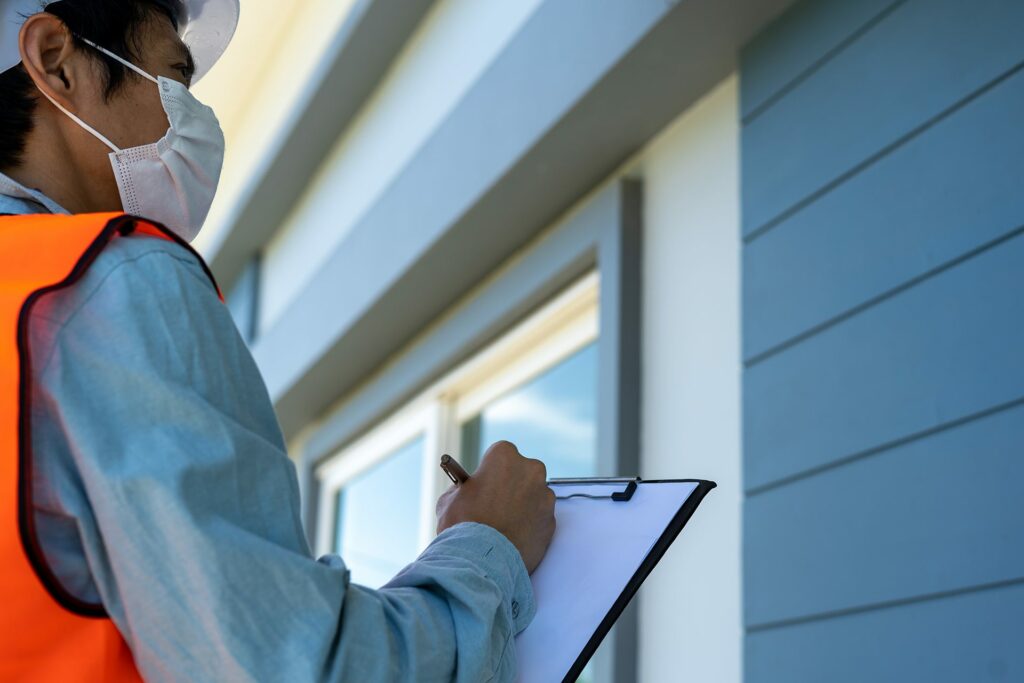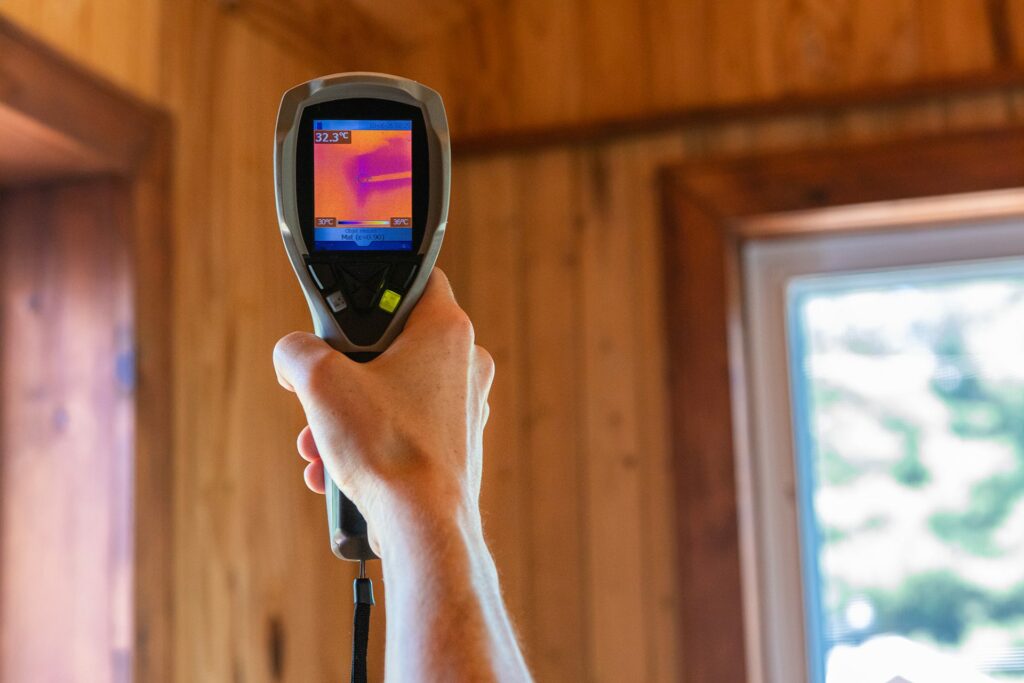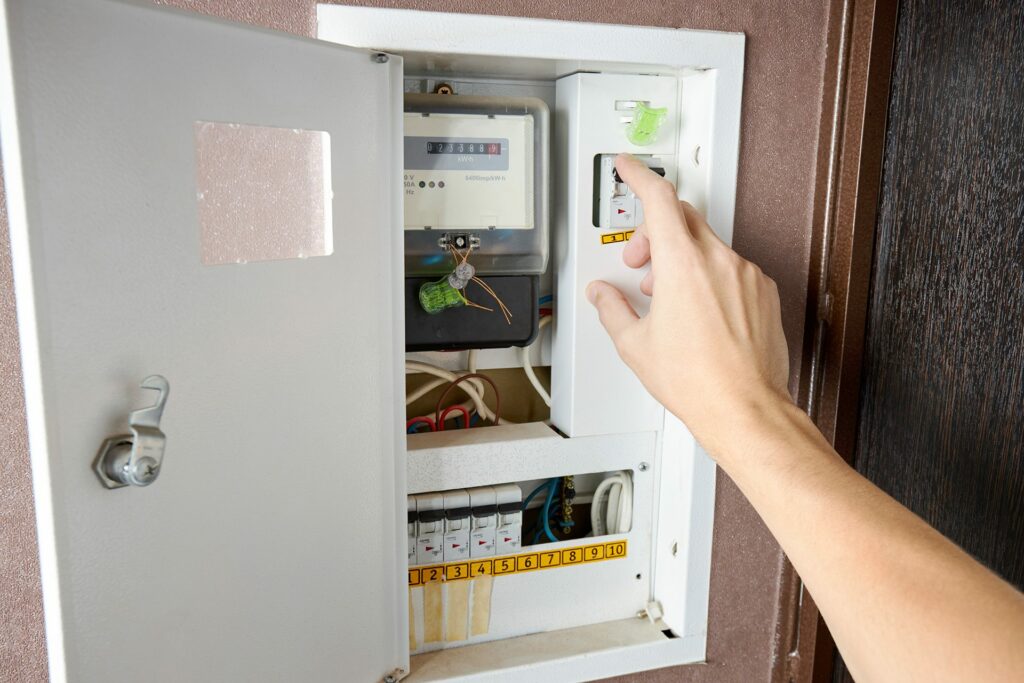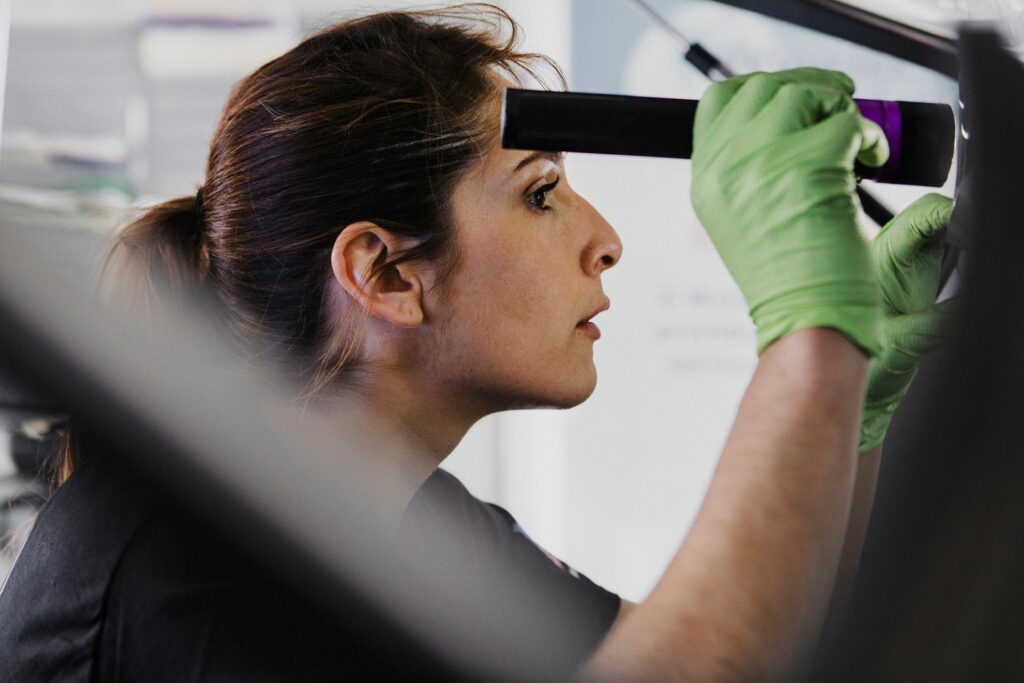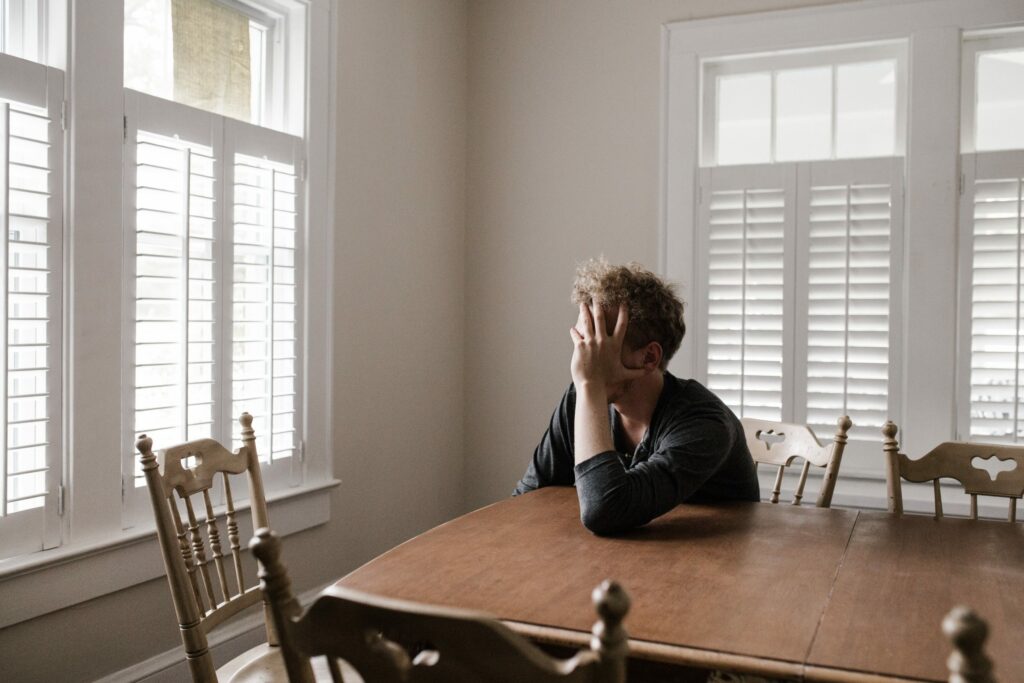Table of Contents
Everything You Need to Know About a Home Inspection
Whether you are selling your home or buying a home, you undergo a series of steps in the process that lead up to the final milestone, closing. One of those crucial steps is the home inspection.
You should know that a home inspection is not required in the home buying process and is sometimes overlooked by new homeowners, possibly because they want to save a few extra bucks or they think the home is fine the way it is. Realistically, the inspection is a critical part of preparing a potential buyer to move into a new home.
Some homeowners may assume that since they already did an in-person or virtual tour of the home, they checked off everything needed to be confident in their decision. However, even when buyers see the home in person, they are bound to miss certain aspects that are both visible and non-visible. For an upcoming home inspection, here is what both sellers and buyers need to know.
What Happens in a Home Inspection?
Finding a qualified home inspector is the responsibility of the home buyer. Though homebuyers should be diligent in their research and look for qualifications beyond an inspector’s credentials, keep in mind that all inspectors are essentially the same and should have very similar responsibilities.
The true purpose of a home inspection is to give the buyer the information needed to decide their readiness to proceed with the home purchase. The goal of most home inspectors is to discover any major flaws that will cost the buyer repairs. Even though someone else is inspecting the house on your behalf, inspectors are experts in executing a brief investigation of your home to provide you with valuable information.
A common question that is asked is how long does an inspection take? An inspection usually takes 30 minutes to 4 hours. It usually depends on certain factors, such as the property type, the size of the home, and how many utilities and fixtures there are. As for what the inspector looks at during an inspection, they typically have a checklist to follow.
Home Inspection Checklist
During the home inspection, an inspector will look for any discrepancies or issues that may create problems in the long run. They will usually have a checklist that covers both visible and non-visible items in the interior and exterior of the home.
Starting with the exterior, inspectors will look at concrete surrounding the house for any displacement that may wear over time. In addition to the concrete, if the home has any drainage or downspouts in the front or back yard, they will check to see if the water source is properly set up to uphold these systems. Paint is a must on their checklist and will be closely analyzed on all parts of the home to ensure no exposure to harmful chemicals, electrical wires, or infestation.
Moving on to the interior, an inspector will look for several items as most activity occurs within the home. This list will give you an idea of how thorough their job is, especially from an interior standpoint:
- Doors
- HVAC
- Electric Unit
- Lights
- Windows
- Fire Alarm/Detector
- Insulation
- Plumbing
- Switches
- Mechanicals
Generally, while an inspector goes through the home to ensure that everything is working properly, they are also looking for any wear and tear that might depreciate over time. While it may seem like a lot that the inspector goes through, it truly helps to know what problems are present before the official move-in.
How to Prepare for a Home Inspection
If you are selling your home, it is crucial on your part to ensure that your home is presented in the best way possible by learning how to prepare for a home inspection. Aside from staging your home to make it feel livable for future tenants, every other detail making up the foundation of your home is just as important.
To avoid any issues arising during the real inspection that might raise a red flag for buyers, you may want to consider scheduling a pre-inspection first. A pre-inspection will help streamline the rest of the home buying process and allow you to make any necessary repairs. Also, some goodwill will come out of this, knowing you have the future tenants in your best interests.
For sellers, it’s a best practice to tidy up your space for the inspection so that inspectors have no trouble going through your home and performing their duties. Place pets in an enclosed area and rearrange furniture if needed, allowing the inspector to have a clear path in your home to find what they need.
On the other hand, if you are the buyer preparing for a home inspection, fortunately, there is not much to do for preparation. Since this will be your future home, you should know when the inspection occurs so you are in the loop and keeping track.
Additional Takeaways
For a home inspection, there are a few more things to take note of that will make the process easier for all parties involved.
Be open with the inspector. If you are the seller and you are aware of any defects in your home, please don’t try to keep it under the rug. Be transparent about any issues that you are aware of, no matter how big or small.
Make any obvious repairs. As a seller, it is your responsibility to keep your home in showing condition. If you see that a door hinge is broken or the paint is worn out and creating displacements in the home’s foundation, try to make those repairs first. You won’t want any future tenants to see these items in the open and be discouraged to move forward with the purchase.
Give the inspector some privacy. Inspectors may want complete privacy to avoid any disturbances or distractions that can affect their work. Though, some inspectors may allow the buyer to be present. If you’d like to be present during the inspection, simply ask the inspector beforehand.
Inspectors will have recommendations. It’s important to note that inspectors are not specialists in renovation or remodeling. Even though they are expected to digest the house for any defects, it is not their job to fix them. Following their inspection, they will reach out to the buyer and the buyer’s agent to provide their report and make any recommendations to reach out to a professional.
Hats Off to All Inspectors
Don’t forget to show appreciation to your inspectors. Not only do they discover issues in the home, but they may be saving the buyer from costly repairs in the future. As a repeat buyer or first-time home buyer, you want to make sure your new home is comfortable in all aspects. Remember that it’s about both appearance and proper functionality.
As you move towards the end of your home buying process, check out our move-in checklist, providing you with helpful tips and tricks on how to prepare for your big move-in day.
